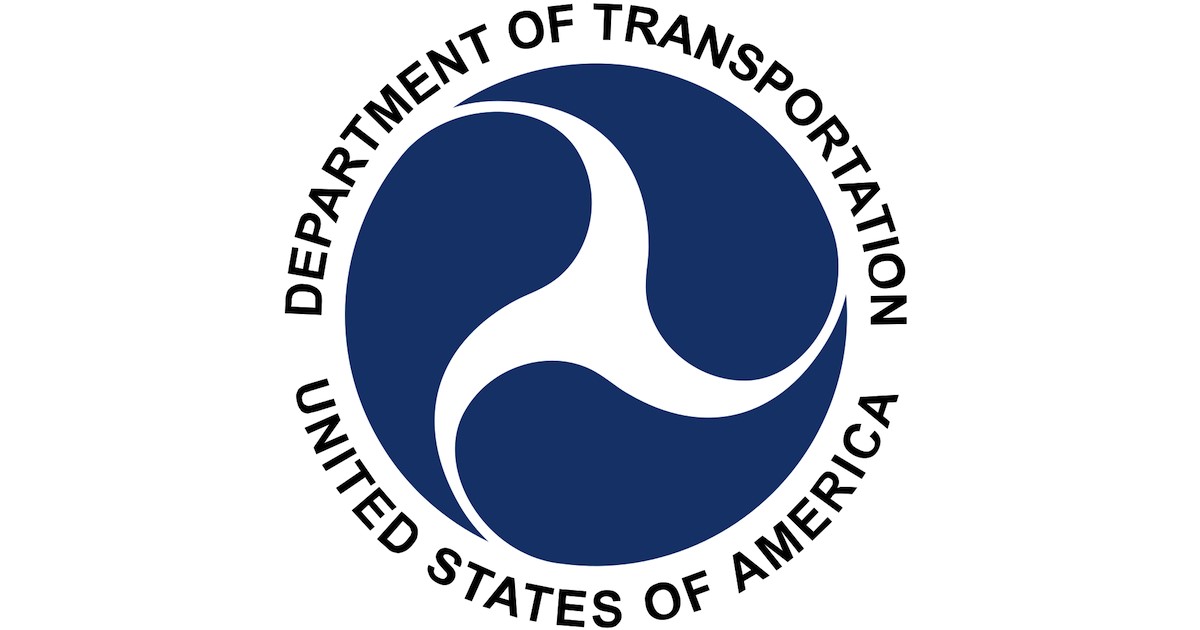Resource Details
Sustainability, Transportation, Workforce
Low or No Emission Vehicle Program
The Low or No Emission competitive program provides funding to state and local governmental authorities for the purchase or lease of zero-emission and low-emission transit buses as well as acquisition, construction, and leasing of required supporting facilities.
Funds remain available for obligation for four fiscal years. This includes the fiscal year in which the amount is made available or appropriated plus three additional years.
All eligible expenses under the Low-No Program are attributable to compliance with the Clean Air Act and/or the Americans with Disabilities Act. Therefore, the Federal share of the cost of leasing or purchasing a transit bus is not to exceed 85 percent of the total transit bus cost. The federal share in the cost of leasing or acquiring low- or no-emission bus-related equipment and facilities is 90 percent of the net project cost. Applicants must identify these specific activities in their application in order to receive this increased federal share.
Eligibility
ELIGIBLE APPLICANTS include direct or designated recipients of FTA grants; States; local governmental authorities; and Indian Tribes. Except for projects proposed by Indian Tribes, proposals for funding eligible projects in rural (non-urbanized) areas must be submitted as part of a consolidated state proposal. States and other eligible applicants also may submit consolidated proposals for projects in urbanized areas.
ELIGIBLE PROJECTS include:
purchasing or leasing low- or no-emission buses;
acquiring low- or no-emission buses with a leased power source;
constructing or leasing facilities and related equipment (including intelligent technology and software) for low- or no-emission buses;
constructing new public transportation facilities to accommodate low- or no-emission buses; and
rehabilitating or improving existing public transportation facilities to accommodate low- or no-emission buses
Additionally 0.5% of a request may be for workforce development training and an additional 0.5% may be for training at the National Transit Institute (NTI). Applicants for zero-emission vehicles must also spend 5% of their award on workforce development and training as outlined in their Zero-Emission Transition Plan, unless the applicant certifies that their financial need is less.
Top Benefits
- Federal grant can cover 90% of net cost of leasing/acquiring equipment and facilities
- Funds remain available for obligation for four fiscal years
- 0.5% to 5% of funds can be used for workforce development
Related Resources
Wisconsin Cooperative Development Grant
Wisconsin Economic Development Corporation
Arts & Culture, Child Care, Energy, Forestry & Paper, Native Peoples, Transportation, Workforce
The Wisconsin Economic Development Corporation (WEDC) is offering grants to support the development of new and existing cooperatives in Wisconsin, with a goal of fostering the success of current and future cooperatives by supporting planning and exploratory research in advance of making a large investment.




